80-82 Cao Duc Lan, District 2, HCMC, Vietnam
+84 76 865 6688
info@beetech.com.vn
+84 76 865 6688
About us
Contact us
80-82 Cao Duc Lan, District 2, HCMC, Vietnam
+84 76 865 6688
info@beetech.com.vn
+84 76 865 6688
About us
Contact us

RFID readers: A new breakthrough in modern automation and management
In an era where data is considered the new “gold,” the ability to collect and manage accurate, real-time information has become a critical factor for business success.
From logistics and manufacturing to retail and healthcare, every industry is moving toward automation and operational optimization.
Amid this transformation, RFID (Radio Frequency Identification) technology stands out as a cornerstone of digital transformation. At the heart of every RFID ecosystem where all data is “seen” and processed instantly lies the RFID Reader, often referred to as the “digital eye” of the modern era.
An RFID Reader is the central device in a radio frequency identification system, responsible for capturing signals from RFID tags and converting them into digital data that can be processed by a computer or management software.
If RFID tags are the “fingerprints” of individual items, then readers are the “eyes” that enable businesses to track, categorize, and monitor goods across storage areas, production lines, and warehouses.
Unlike traditional barcode technology, RFID doesn’t require direct scanning or line of sight. Readers can identify hundreds or even thousands of RFID tags in seconds—even if they’re hidden or moving rapidly through the reading zone. This advantage makes RFID the preferred choice for environments handling large volumes of goods and data.
The RFID ecosystem is highly diverse, but readers are generally classified according to their purpose and deployment environment. Each type has unique advantages and roles within an automated management system.
Fixed RFID readers are installed at strategic locations such as warehouse gates, production lines, conveyor belts, access control points, or receiving areas.
These devices operate continuously, enabling 24/7 automated monitoring without manual intervention — ensuring seamless operations and absolute accuracy.
Fixed readers are typically connected directly to enterprise management systems such as WMS, ERP, or IoT Gateways, allowing real-time data transmission and synchronization across the entire supply chain — from warehouse to distribution point.
Recommended Products:
Impinj R700 – a high-performance RAIN RFID reader with fast processing speed and advanced IoT protocol support.
Impinj R420 – a reliable and proven reader, widely used in factories, logistics centers, and automated access control systems.
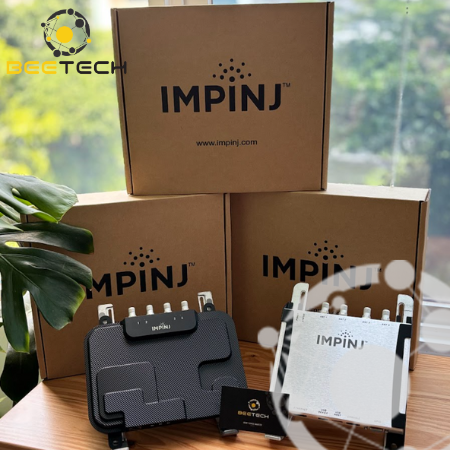
Handheld RFID readers give staff the flexibility to move freely for inventory counting, scanning goods, locating products, or verifying information anywhere within warehouses, stores, or production facilities.
Their key advantages include mobility, user-friendly operation, and multiple connectivity options (Wi-Fi, Bluetooth, 4G/5G), making them ideal for small warehouses, retail chains, or mobile inventory teams.
Recommended Product:
Unitech HT730 UHF – an industrial-grade, high-performance, and durable handheld reader designed for demanding working environments.
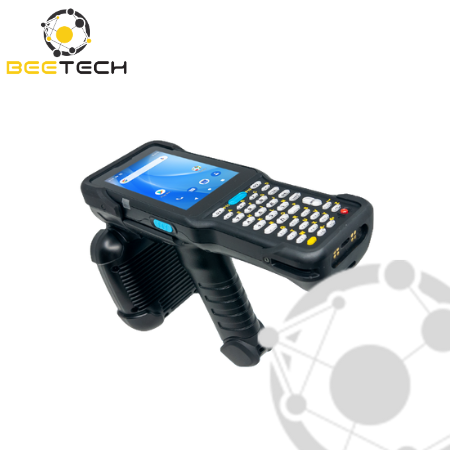
Desktop RFID readers are designed for short-range applications, such as at cashier counters, inspection desks, data entry stations, or employee registration points.
With a compact design, easy installation, and cost-effective operation, they are widely used in retail, healthcare, offices, and access control systems.
Recommended Product:
R3 Desktop RFID reader – a stable, high-speed reading device ideal for check-in counters, payment stations, or information registration kiosks.
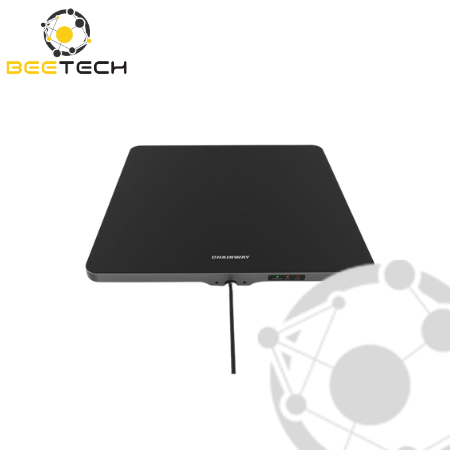
Integrated RFID reader modules are compact units that can be embedded directly into smart devices such as robots, automatic gates, POS systems, or production lines.
A standout feature of this type is its ability to transmit data directly to the server without any intermediary device, improving response time and minimizing latency in data processing.
Although these modules often operate “behind the scenes,” they transform ordinary equipment into IoT-enabled devices capable of automatic identification, data collection, and real-time communication.
Recommended Product:
RU224 – an industrial RFID module supporting multiple antennas, direct-to-server data transmission, ideal for robots, automated production lines, and intelligent control systems.
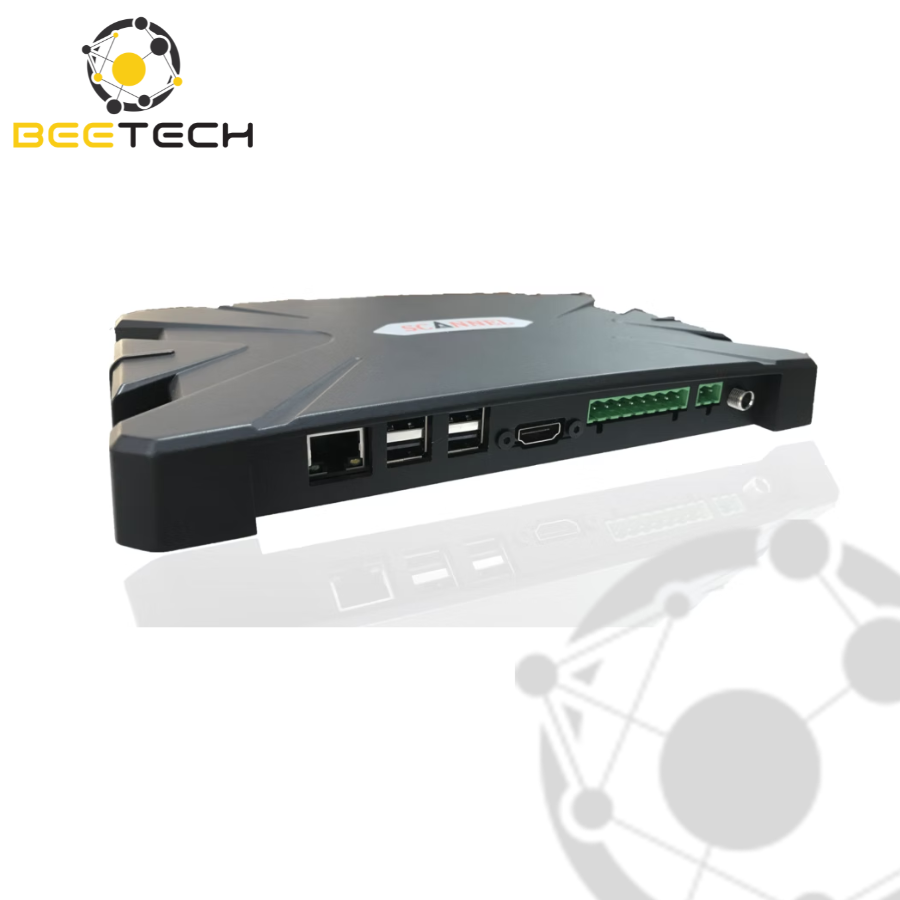
Implementing RFID technology is not just about upgrading hardware it represents a shift toward smarter, data-driven management.
With RFID readers at the core, businesses can achieve numerous operational advantages:
RFID eliminates the need for manual barcode scanning. Hundreds of items can be recorded in seconds, saving hours of inventory time and significantly reducing labor expenses.
Readers continuously capture and transmit information, ensuring inventory data is always up to date. This is crucial for companies managing multiple warehouses, transport routes, or 24/7 operations.
By tagging each item and scanning automatically, RFID systems ensure tight control over asset flow, preventing loss or misplacement. They also enable quick item location within warehouses or production zones.
When RFID reader data is synchronized with ERP or WMS systems, the entire supply chain becomes transparent, measurable, and continuously optimized.
Fixed readers at entry gates, transit stations, and conveyors instantly identify inbound and outbound goods. Companies can track thousands of packages per hour, reducing processing times and operational errors.
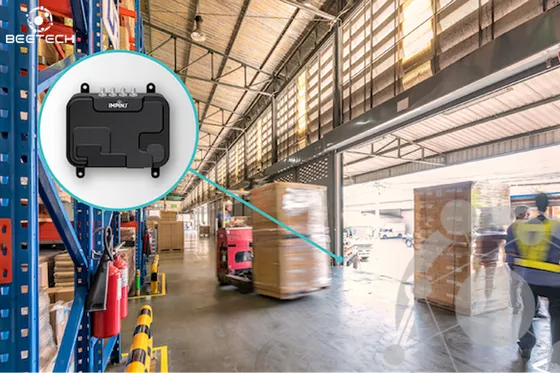
Readers placed along production lines monitor raw materials, semi-finished, and finished goods. RFID enables product traceability and quality control at every stage.
RFID simplifies inventory audits, prevents shrinkage, and helps staff locate products faster.
At checkout counters, desktop readers enable fast and seamless payment experiences, enhancing customer satisfaction.
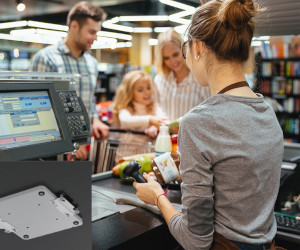
RFID readers identify patients, manage medication, medical devices, and records. This improves safety, reduces treatment errors, and streamlines hospital operations.
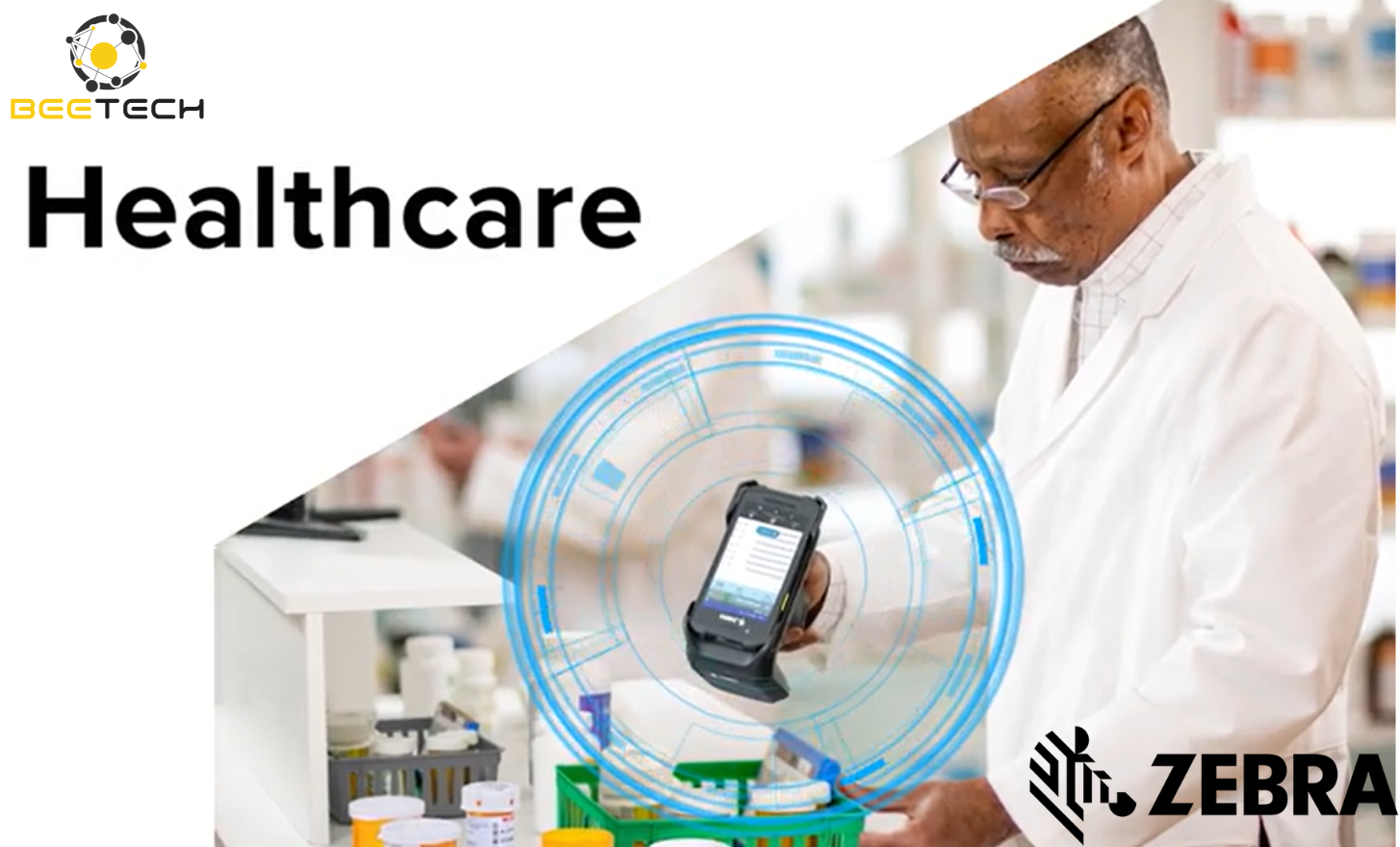
Fixed or integrated readers manage access for personnel, vehicles, and visitors—automating identification and improving security in industrial zones, smart buildings, and parking systems.
Modern RFID readers are more than just scanners they incorporate cutting-edge technologies to maximize efficiency:
High Sensitivity & Speed: Detect thousands of tags per second with near-perfect accuracy.
Anti-Interference Design: Operates reliably even in metal-dense or high electromagnetic environments.
Versatile Connectivity: Supports Ethernet, PoE, Wi-Fi, Bluetooth, RS232, and USB for flexible integration.
IoT Compatibility: Connects directly to sensors, cloud platforms, and smart management systems.
Industrial-Grade Durability: Built to withstand dust, water, and harsh working conditions.
RFID technology is evolving rapidly through integration with AI (Artificial Intelligence), IoT (Internet of Things), and Big Data analytics.
Modern RFID readers now act as intelligent sensors, helping businesses:
Analyze product flow and forecast inventory demand.
Detect anomalies and alert operators in real time.
Automatically optimize transport routes and resource allocation.
According to forecasts, the global RFID reader market is expected to reach USD 22.46 billion by 2026, reflecting remarkable growth and vast application potential across various industries.
In Vietnam, more and more enterprises are investing in RFID infrastructure as a strategic foundation. Particularly in logistics, electronics manufacturing, retail, and healthcare, RFID is proving its value in boosting productivity, reducing costs, and ensuring end-to-end transparency.
In the digital transformation journey, RFID readers serve as the bridge between the physical and data worlds.
With their ability to capture information quickly, accurately, and automatically, RFID solutions are empowering thousands of businesses to close the gap between people, processes, and machines.
From warehouses and production lines to hospitals and retail stores, RFID readers truly are the “digital eyes” helping organizations see clearer, operate smarter, and move closer to intelligent management.
With over 12 years of experience in the AutoID industry, Beetech is proud to be one of Vietnam’s leading providers of RFID and smart technology solutions.
Our expert engineering team supports clients from consultation and implementation to long-term maintenance ensuring that every RFID system runs seamlessly and delivers maximum value.
Let Beetech be your trusted partner in building intelligent management systems that enhance efficiency, competitiveness, and sustainable growth in the digital era.
📧 Email: info@beetech.com.vn
🌐 Website: https://beetech.com.vn

See more products: Here


What is NFC? What is RFID? What's the difference between NFC and RFID?
18/09/2025 02:55:49

RFID for Businesses: How to Implement an Effective Membership Card Program
17/09/2025 02:47:07

RFID Antennas – A Breakthrough Solution for Harsh Industrial Environments
08/09/2025 06:56:50

RFID: A modern management technology effectively replacing Barcodes
04/09/2025 03:21:00

Seamlessly Operating RFID Technology for Smart Manufacturing in Industry 4.0
19/08/2025 03:48:58

**RFID – A Breakthrough Solution for Modern Event Management in Vietnam**
28/07/2025 04:01:17